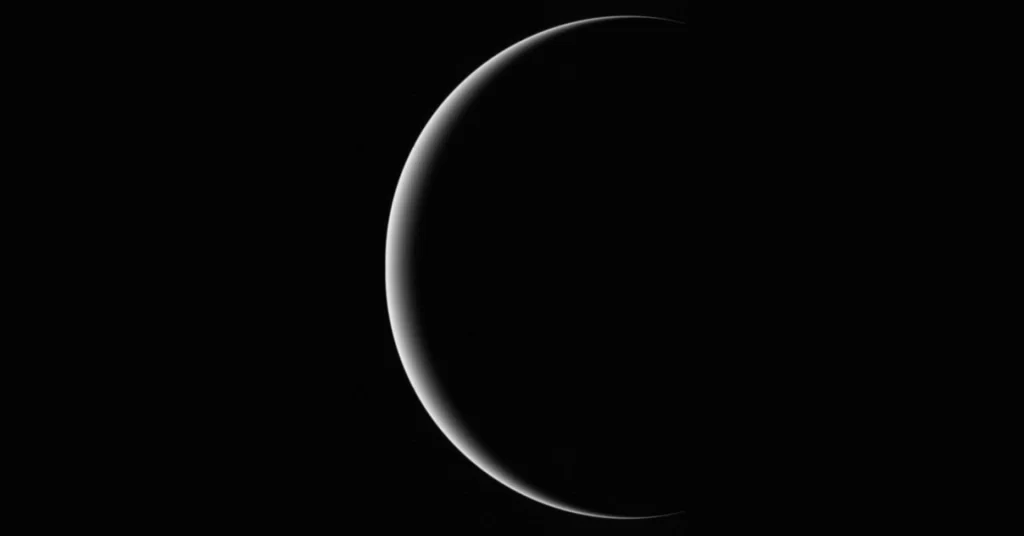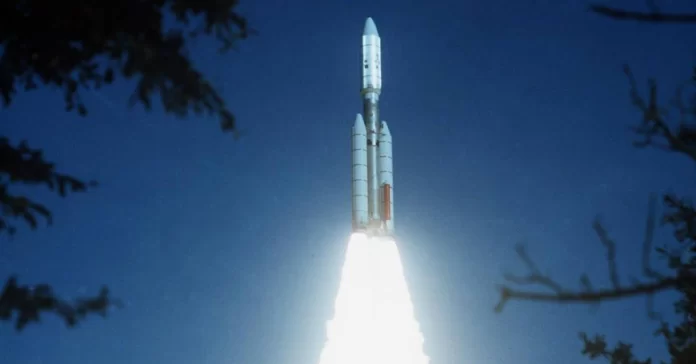The Voyager 2 mission did fly by Uranus in 1986. Uranus was discovered by Sir William Herschel in 1781. Voyager 2 is still functioning today as it flies in deep space, more than 10 billion miles from Earth.
Voyager 2 is a space probe launched by NASA on August 20, 1977, to study the outer planets and interstellar space beyond the Sun’s heliosphere. It is part of the Voyager program and was launched 16 days before its twin, Voyager 1. Voyager 2 is the only spacecraft to study all four of the solar system’s giant planets at close range and discovered a 14th moon at Jupiter. On December 10, 2018, Voyager 2 joined its twin—Voyager 1—as the only human-made objects to enter interstellar space.
The total cost of theVoyager mission from May 1972 through the Neptune encounter (including launch vehicles, radioactive power source (RTGs), and DSN tracking support) was 865 million dollars. NASA budgeted an additional 30 million dollars to fund the Voyager Interstellar Mission for two years following the Neptune encounter.
Voyager 1 and 2 made many discoveries during their missions. They discovered several new moons around Jupiter, Saturn, Uranus, and Neptune; active volcanoes on Jupiter’s moon Io; intricacies of Saturn’s rings; and much more.
President Jimmy Carter made a statement about the Voyager spacecraft on July 29, 1977. In his statement, he said “ThisVoyager spacecraft was constructed by the United States of America. We are a community of 240 million human beings among the more than 4 billion who inhabit the planet Earth. His statement was placed in a National Aeronautics and Space Administration Voyager spacecraft which was scheduled to be launched on August 20.
The Voyager probes made many discoveries about Jupiter. They found that Jupiter has a strong magnetic field and a dense atmosphere of hydrogen and helium. Voyager 1 discovered a thin ring around Jupiter and two new Jovian moons: Thebe and Metis. One of the greatest surprises was the discovery of active volcanism on Jupiter’s moon Io. It was the first-time active volcanoes had been seen on another body in the solar system.
Voyager 2 made its closest approach to Uranus on January 24, 1986. During its flyby, Voyager 2 discovered 10 new moons, studied the planet’s cold atmosphere, and examined its ring system, discovering two new rings. Voyager 2 also discovered that Uranus has a magnetic field stronger than that of Saturn.
Voyager 1 made many discoveries during its flyby of Saturn. It found five new moons and a new ring called the G-ring. Voyager 1 also found that about 7 percent of the volume of Saturn’s upper atmosphere is helium (compared with 11 percent of Jupiter’s atmosphere), while almost all the rest is hydrogen. One of the key findings of Voyager’s visits to Saturn was that some of its moons had evidence of past geological activity and that Enceladus could still be active.

Voyager 2 made many discoveries during its flyby of Neptune. It discovered six new small moons orbiting Neptune’s equatorial plane: Naiad, Thalassa, Despina, Galatea, Larissa and Proteus. Voyager 2 also discovered that Neptune’s ring systems were full circle and intact and counted a total of four rings. Voyager 2 also discovered a “Great Dark Spot” on Neptune.
The Voyager space mission is remarkable for space science because it extended NASA’s exploration of the solar system beyond the neighborhood of the outer planets to the outer limits of the Sun’s sphere of influence, and possibly beyond. Voyager 1 was also the first human-made object to venture into interstellar space. The Voyager mission transformed our knowledge of Jupiter, Saturn, Uranus and Neptune and their dozens of moons. It will be remembered as one of the greatest achievements in exploration.

